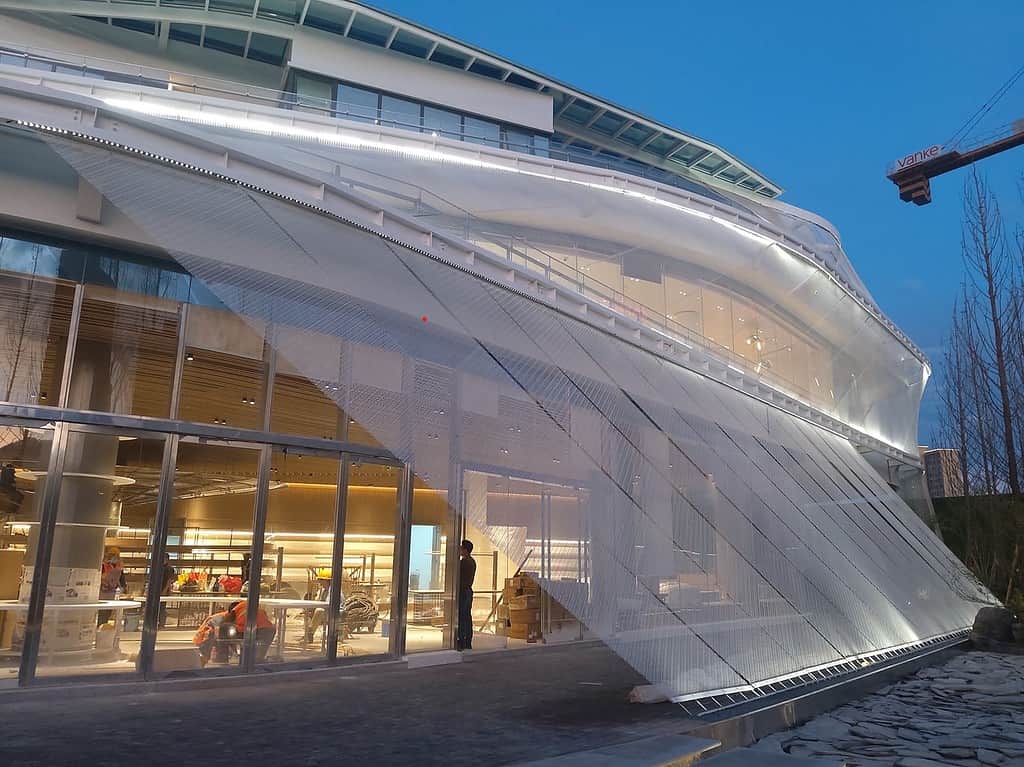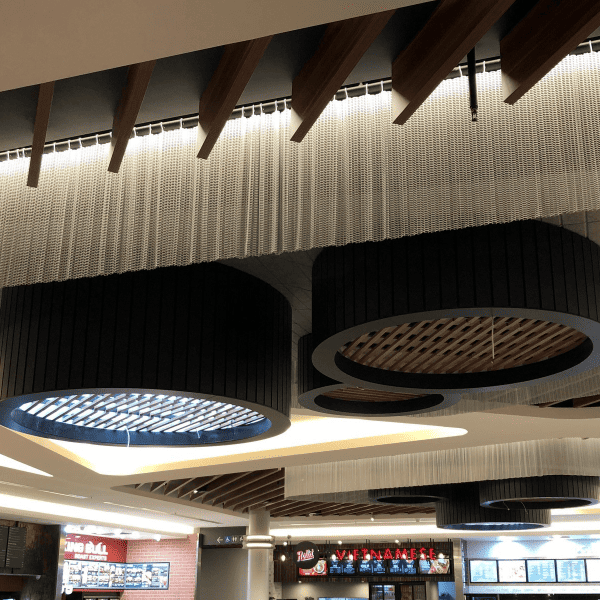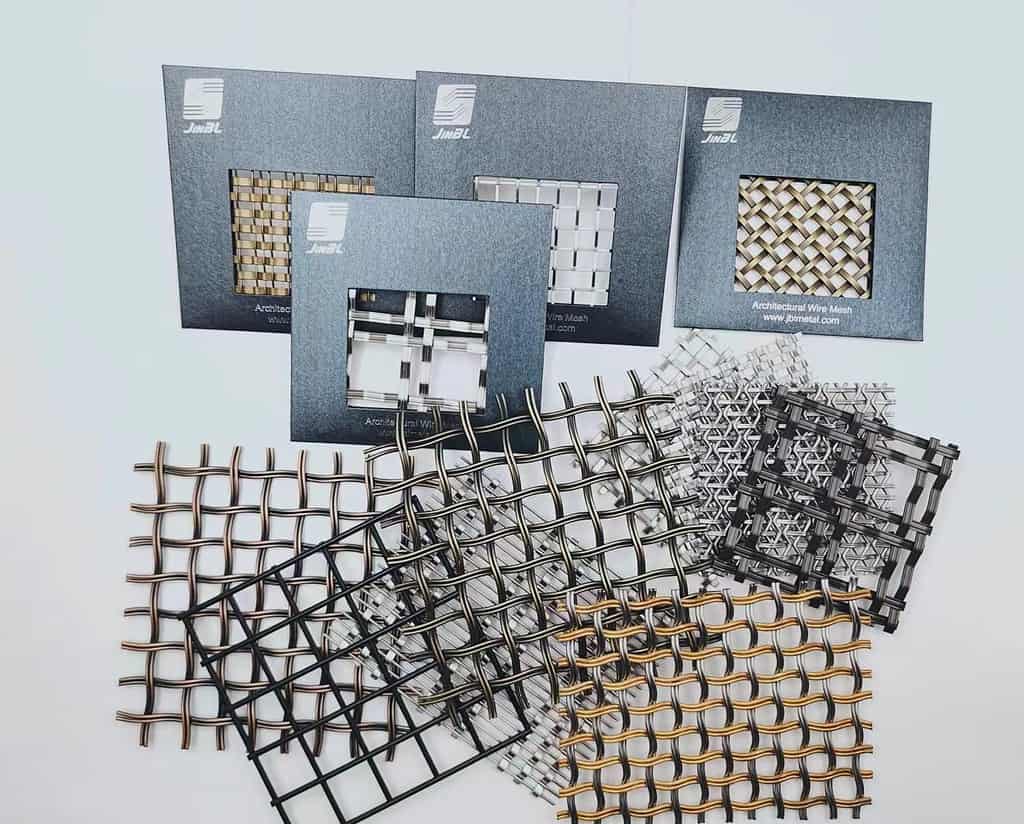1. What is Architectural Mesh?
Architectural mesh, also known as metal fabric, is a woven material made of metal wires.
The wires are interlocked in a specific pattern to create a meshlike fabric.
Architectural mesh is known for its strength, durability, and flexibility.
It is a popular choice for architects and designers due to its unique aesthetic
appeal and functional properties.
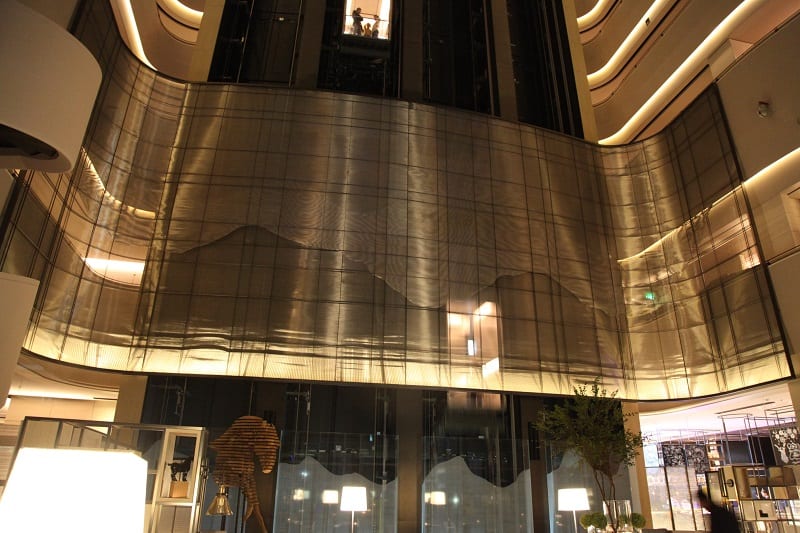
2. Types of Architectural Mesh
There are different types of architectural mesh available in the market, and they vary based on the type of metal used, the pattern of the mesh, and the size of the wires. Here are some of the most popular types of architectural mesh:
2.1. Woven Mesh
Woven mesh is the most commonly used type of architectural mesh. It is made by interlocking metal wires in a specific pattern, creating a mesh like fabric. Woven mesh is available in different patterns and wire sizes, making it versatile and suitable for various applications.
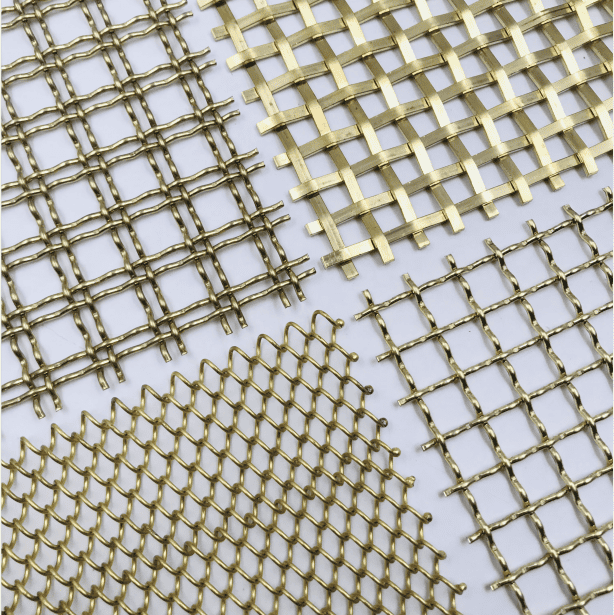
2.2. Expanded Mesh
Expanded mesh is made by cutting and stretching a sheet of metal, creating a mesh like pattern. This type of architectural mesh is more rigid than woven mesh and has a more defined pattern. It is commonly used for cladding and screening applications.
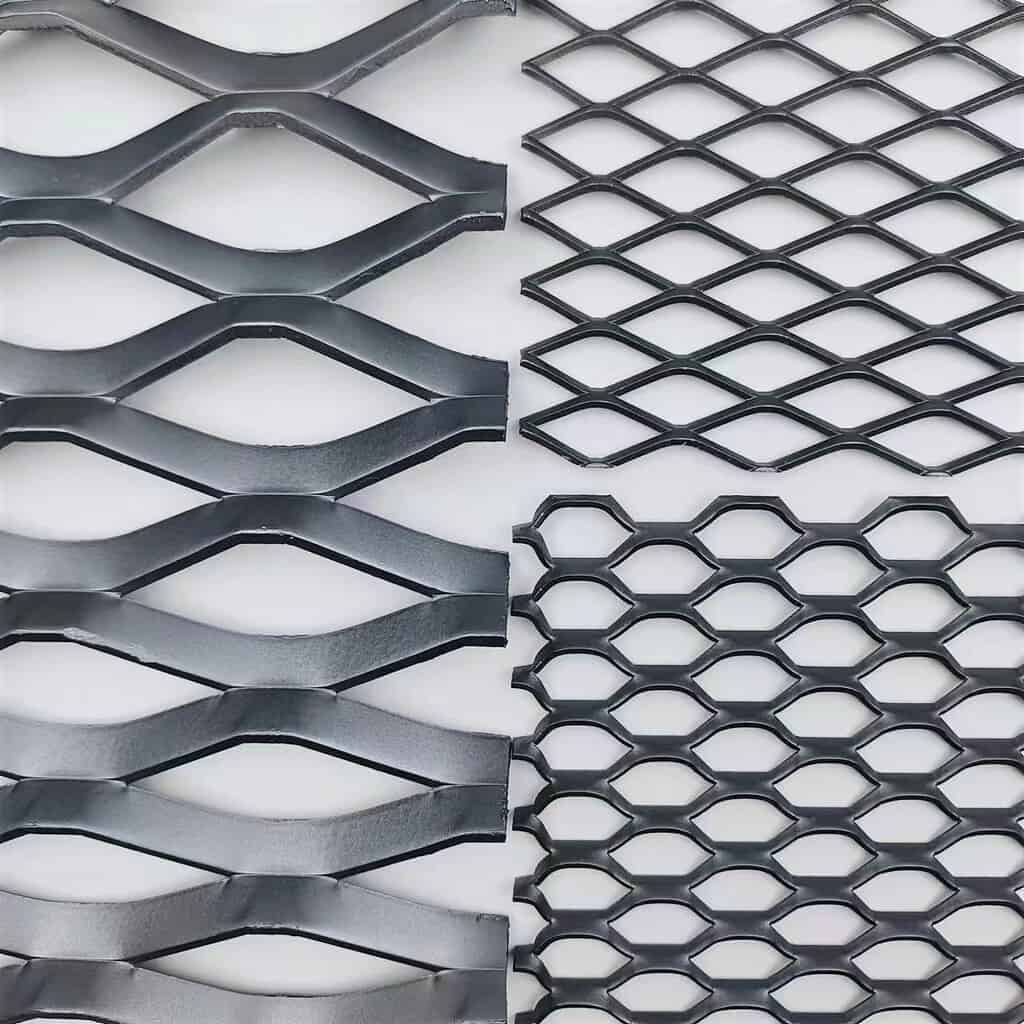
2.3. Perforated Mesh
Perforated mesh is made by punching holes into a sheet of metal, creating a mesh-like pattern. This type of architectural mesh is suitable for applications that require ventilation and light transmission.
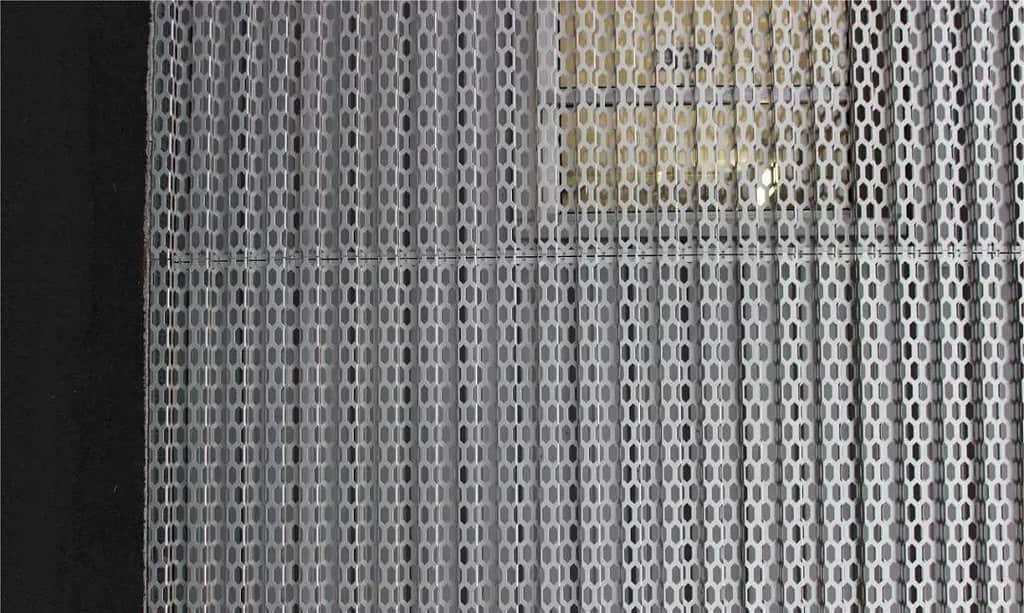
3. Applications of Architectural Mesh
Architectural mesh is a versatile material that can be used in various applications. Here are some of the most common applications of architectural mesh:
3.1. Façade Cladding
Architectural mesh can be used as façade cladding for both internal and external applications. It provides a unique aesthetic appeal and can be used to create intricate patterns and designs.
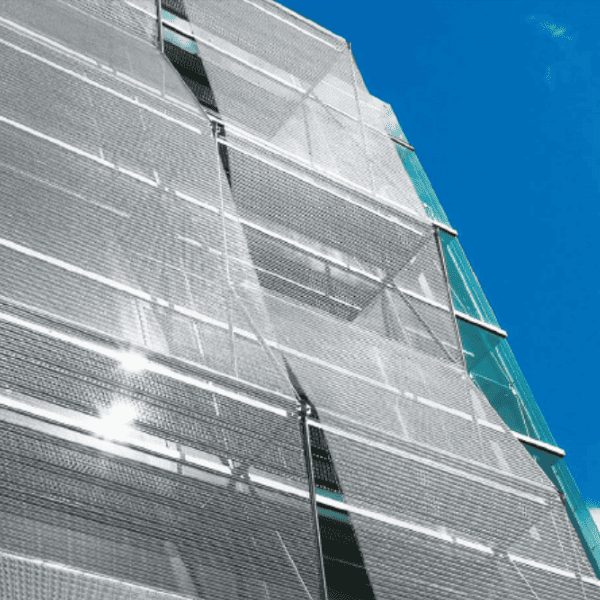
3.2. Balustrades and Handrails
Architectural mesh is a popular choice for balustrades and handrails due to its strength and durability. It provides a unique and modern look to any staircase or balcony.

3.3. Ceilings and Walls
Architectural mesh can be used to create unique and creative ceilings and walls. It can be used to create patterns and designs that allow light and air to pass through, providing a functional and aesthetic solution.

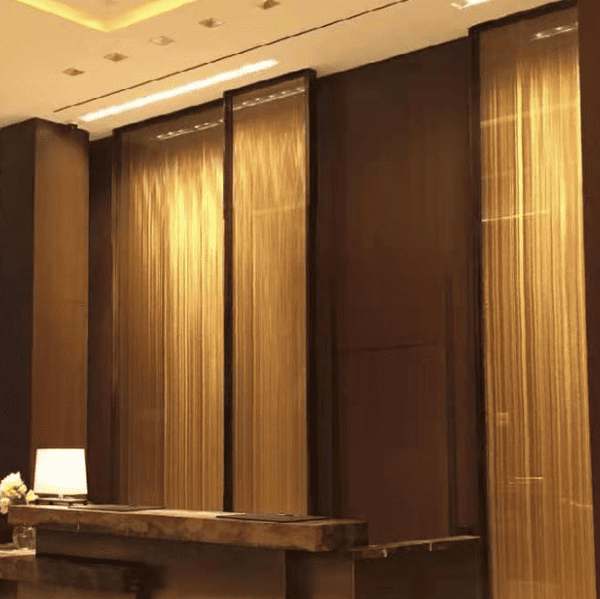
3.4. Screening
Architectural mesh can be used for screening applications, such as privacy screens or wind barriers. It provides a durable and functional solution while also adding a unique aesthetic appeal.
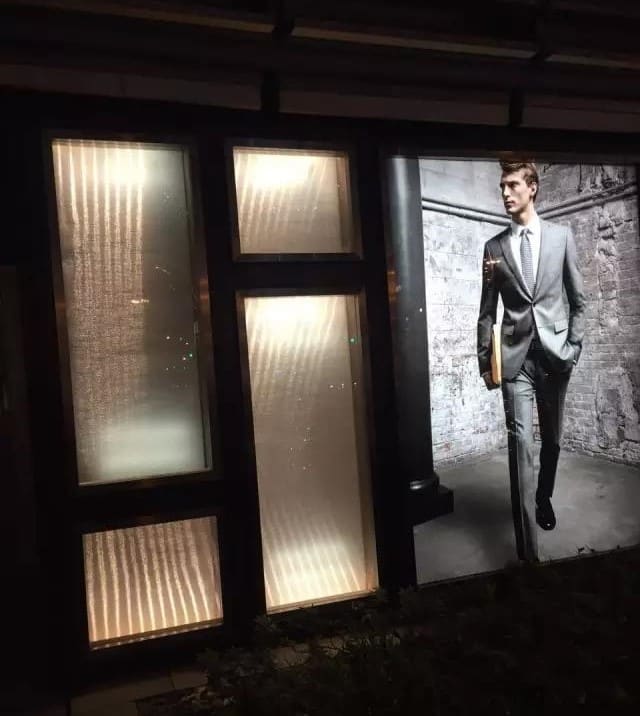
4. Benefits of Architectural Mesh
Architectural mesh provides numerous benefits that make it a popular choice for architects and designers. Here are some of the key benefits of architectural mesh:
4.1. Aesthetic Appeal
Architectural mesh provides a unique and modern look to any building. It can be used to create intricate patterns and designs that add an artistic touch to any space.
4.2. Durability
Architectural mesh is a durable material that can withstand harsh weather conditions and heavy usage. It is made of metal wires that are strong and can resist corrosion and rust.
4.3. Functionality
Architectural mesh provides a functional solution for various.
